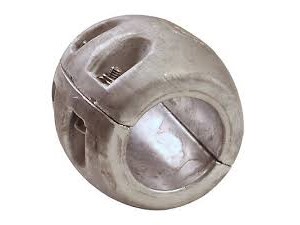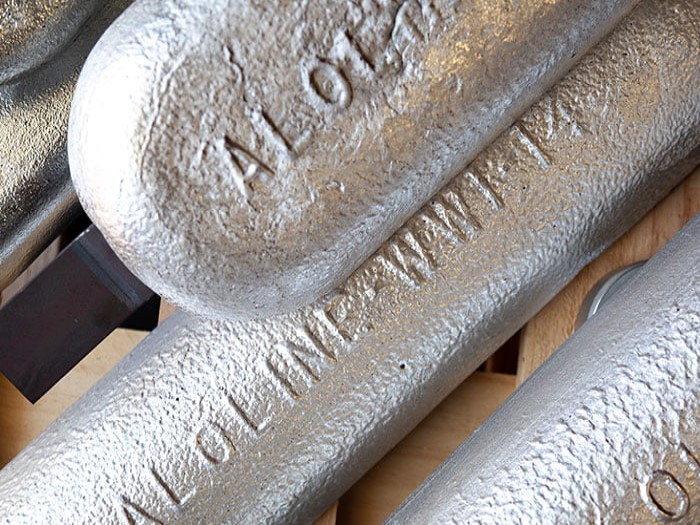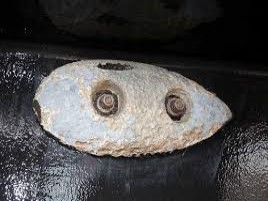Cathodic Over Protection Risks
What Are The Risks of Cathodic Over Protection?
It is very important to protect metal structures in water. The most common are made of Steel, including: Boats, Wind Turbines and Pipes. The most common method is by using Sacrificial Anodes such as Magnesium, Zinc or Aluminium.
Steel itself has a potential when measured against a Silver/Silver Chloride Electrode of around -600mV. The addition of a Sacrificial Anode can increase the negativity to around -800 to -1000mV. This would be considered a well-protected structure. The Anodes will need replacing after a change of around 100-200mV.
What Happens with Over Protection ?
The addition of too many (or too large) Sacrificial Anodes will excessively lower the potential of the steel in the water. When this happens the electrons flow too quickly and the current density becomes too large at the Cathode. In such instances Hydrogen can be formed which, over time, will embrittle certain types of steel.

Coating damage exposing steel to corrosion.
The more common effect however is that the excess electrons coming from the Sacrificial Anode will increase the pH of the water at the metal surface. Alkaline water will often damage coatings and expose the metal to more rapid corrosion.
Visit our YouTube Channel for more information about cathodic protection.



